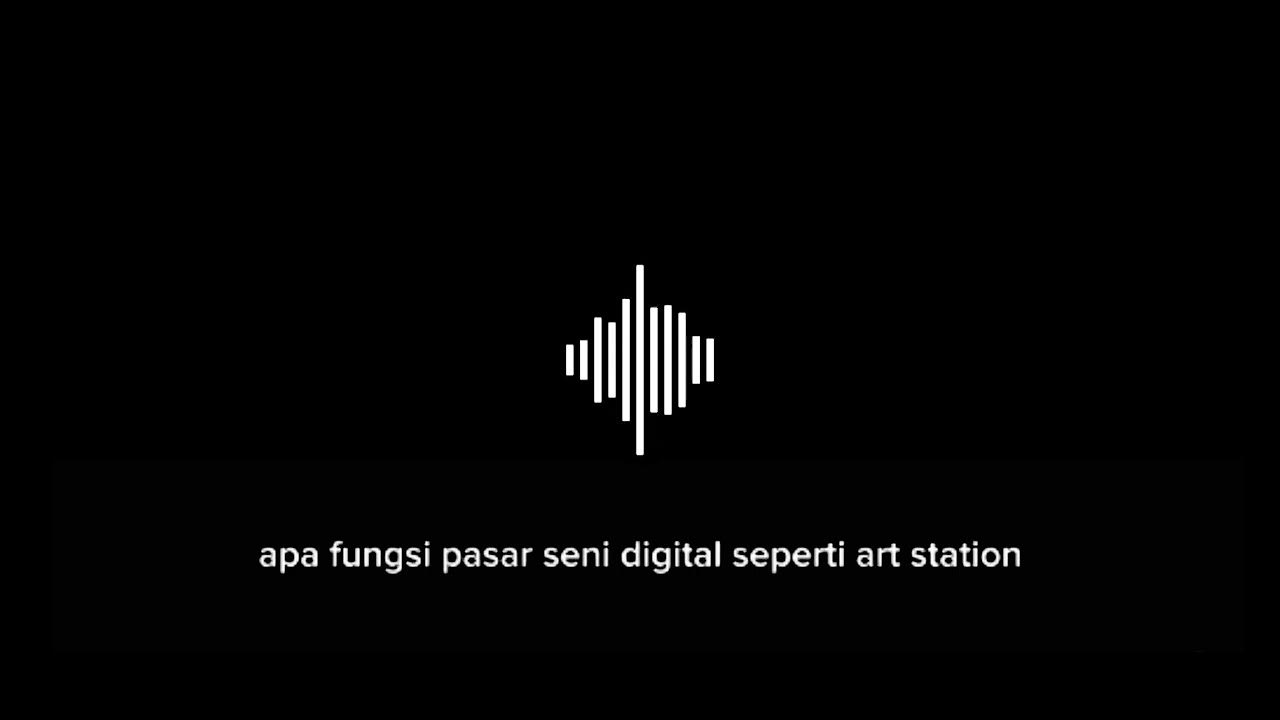Design Q & A with Charles Eames
Summary
TLDRDesign is defined as a plan for arranging elements to achieve a purpose, focusing more on purpose than art. It is influenced by past designs and often involves group collaboration. Design operates within constraints, which can imply an ethic. While design often serves practical needs, it can also address pleasure and industrial problems. It is aided by computers but not replaced by them. Design is shaped by constraints such as price, size, and strength, and its permanence varies with the universality of needs it addresses. The primary condition for successful design practice is the recognition of need.
Takeaways
- 🎨 Design is a plan for arranging elements to accomplish a purpose.
- 🎯 Design is an expression of purpose, and may later be judged as art.
- 🏭 Design is not a craft for industrial purposes, but can solve industrial problems.
- 🌍 Design is not limited to one part of the environment and is a method of action.
- 👥 Design often involves the influence of others and is rarely the creation of an individual.
- 🧩 Design constraints imply an ethic, which guides the design process.
- 🔧 Design implies the creation of useful products, even if the use is subtle.
- 💻 Computers can aid designers but rarely substitute them entirely.
- 🏗️ Design does not necessarily imply industrial manufacturing.
- 📏 Recognizing and working within constraints is key to effective design.
Q & A
What is the definition of design according to the script?
-Design is described as a plan for arranging elements to accomplish a particular purpose.
Is design an expression of art?
-The script suggests that design is more an expression of purpose than art, although it may be judged as art if it is good enough.
Does design serve industrial purposes?
-Design itself is not a craft for industrial purposes, but it can provide solutions to industrial problems.
What are the boundaries of design?
-The boundaries of design are related to the boundaries of problems. Design is not confined to one part of the environment and is a method of action.
Is design a creation of an individual or a group?
-Design is very often a creation of a group. It also acknowledges the influence of those who have gone before.
Does design have an ethic?
-There are always design constraints, which often imply an ethic.
Does design imply products that are necessarily useful?
-Yes, design implies products that are useful, even if the usefulness is subtle.
Can the computer substitute for the designer?
-In some special cases, a computer can substitute for the designer, but usually, it is an aid to the designer.
Is design used to modify old objects with new techniques?
-Yes, modifying old objects with new techniques is one kind of design problem.
Does design depend on constraints?
-Design largely depends on constraints. Recognizing and working within these constraints is key to solving design problems.
Are design laws and constraints the same?
-Design does not necessarily obey laws, but constraints are crucial. Constraints are enough to guide the design process.
Is design ephemeral or permanent?
-Most designs are ephemeral, although some needs and designs that have a more universal quality tend toward relative permanence.
How would the speaker define themselves in relation to a decorator, interior architect, or stylist?
-The speaker would not define themselves in relation to a decorator, interior architect, or stylist.
To whom does design address itself?
-Design addresses itself to need, rather than to the greatest number, specialists, the enlightened, or a privileged social class.
What is the primary condition for the practice and propagation of design?
-The primary condition for the practice and propagation of design is the recognition of need.
What is the future of design according to the script?
-The script does not provide a definitive answer about the future of design, leaving it open-ended.
Outlines

Dieser Bereich ist nur für Premium-Benutzer verfügbar. Bitte führen Sie ein Upgrade durch, um auf diesen Abschnitt zuzugreifen.
Upgrade durchführenMindmap

Dieser Bereich ist nur für Premium-Benutzer verfügbar. Bitte führen Sie ein Upgrade durch, um auf diesen Abschnitt zuzugreifen.
Upgrade durchführenKeywords

Dieser Bereich ist nur für Premium-Benutzer verfügbar. Bitte führen Sie ein Upgrade durch, um auf diesen Abschnitt zuzugreifen.
Upgrade durchführenHighlights

Dieser Bereich ist nur für Premium-Benutzer verfügbar. Bitte führen Sie ein Upgrade durch, um auf diesen Abschnitt zuzugreifen.
Upgrade durchführenTranscripts

Dieser Bereich ist nur für Premium-Benutzer verfügbar. Bitte führen Sie ein Upgrade durch, um auf diesen Abschnitt zuzugreifen.
Upgrade durchführenWeitere ähnliche Videos ansehen
5.0 / 5 (0 votes)






